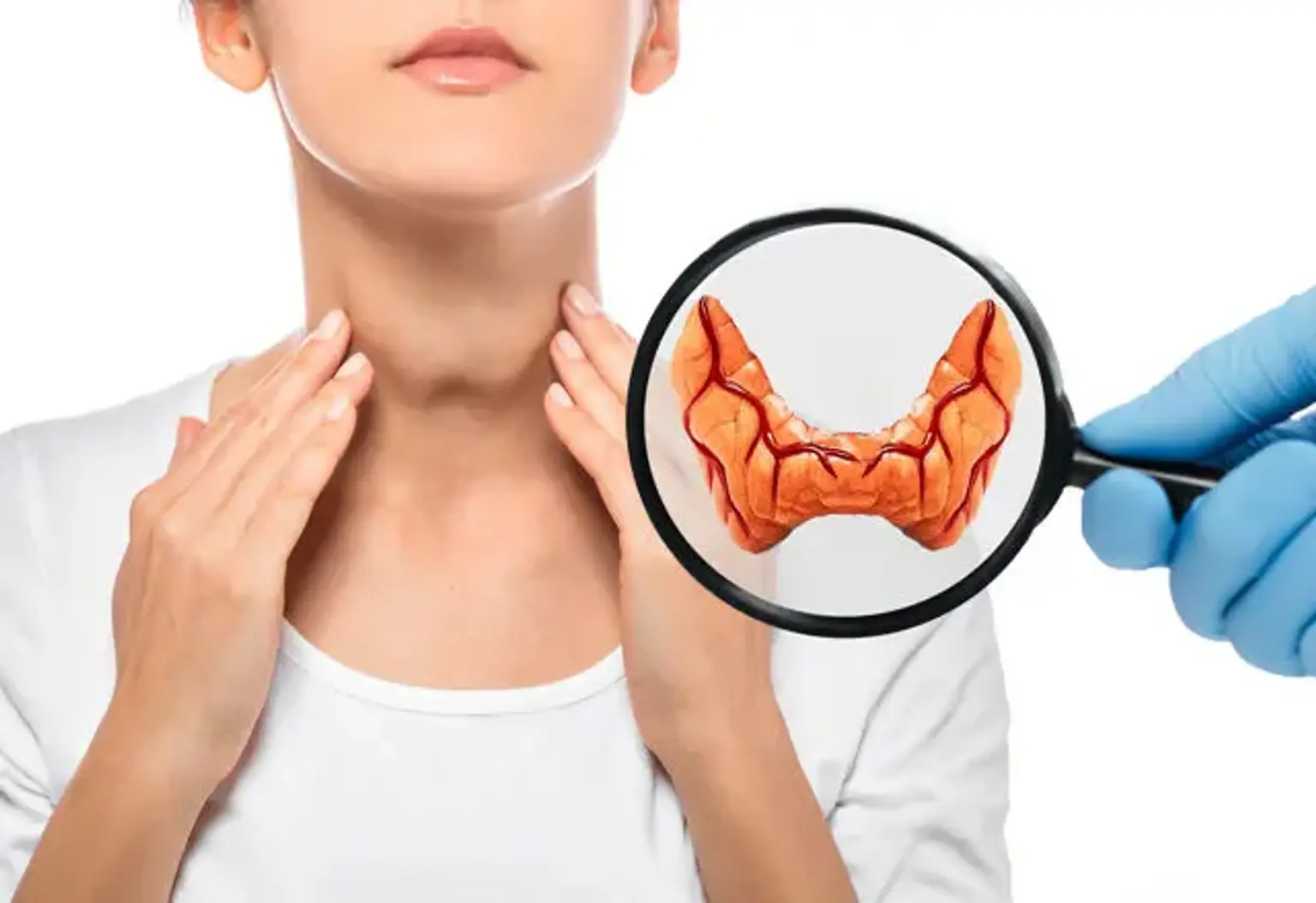Autoimmune thyroiditis
Overview
Hashimoto thyroiditis is an autoimmune disorder that causes thyroid cell destruction by immunological mechanisms mediated by cells and antibodies. It is the most common cause of hypothyroidism in developed countries.
In contrast, a shortage of iodine in the diet is the most common cause of hypothyroidism worldwide. Chronic lymphocytic thyroiditis and chronic autoimmune thyroiditis are other names for this condition. The condition's pathophysiology is defined by the formation of anti-thyroid antibodies, which attack thyroid tissue and produce progressive fibrosis.
Patients may develop signs, symptoms, and laboratory results of hyperthyroidism or normal levels early in the course of the disease. This is because thyroid gland cell death can be intermittent. The thyroid gland can swell over time, causing a painless goiter. Hypothyroidism can cause weight gain, fatigue, constipation, depression, hair loss, and general aches and pains in certain people.
